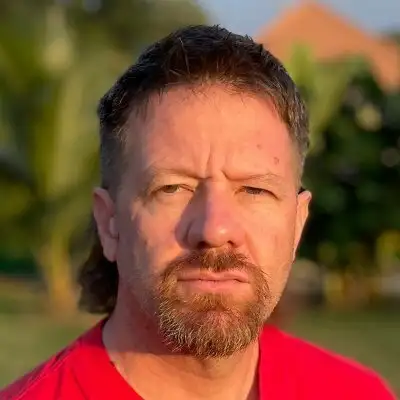More potassium than grass can use or the soil can hold has an inevitable result
When more potassium is added than the soil can hold, that potassium disappears. At least most of it does. This episode discusses research by Jackie Guevara at Michigan State University where this very effect was measured. The implication is, add a reasonable amount of K.
I discuss this blog post: https://www.asianturfgrass.com/post/adding-potassium-does-not-increase-soil-ability-to-store-it/
ATC newsletter subscriptions: https://www.asianturfgrass.com/#newsletters
MLSN hub: https://www.asianturfgrass.com/mlsn/
More about Jackie Guevara's soil test and fertilizer research at Michigan State University:
https://www.asianturfgrass.com/post/mlsn-and-turfgrass-nutrient-recommendations/
https://www.asianturfgrass.com/post/soil-test-showdown/
ATC newsletter subscriptions: https://www.asianturfgrass.com/#newsletters
MLSN hub: https://www.asianturfgrass.com/mlsn/
More about Jackie Guevara's soil test and fertilizer research at Michigan State University:
https://www.asianturfgrass.com/post/mlsn-and-turfgrass-nutrient-recommendations/
https://www.asianturfgrass.com/post/soil-test-showdown/
Find out more about soil tests with ATC at https://www.asianturfgrass.com/project/soil-tests/
See GCSAA Conference seminars at https://gcsaaconference.com/
See GCSAA Conference seminars at https://gcsaaconference.com/
Creators and Guests

Host
Micah Woods
I'm chief scientist at the Asian Turfgrass Center and director of the @paceturf information service. Some current projects include #OM246, #ClipVol, and #MLSN.
